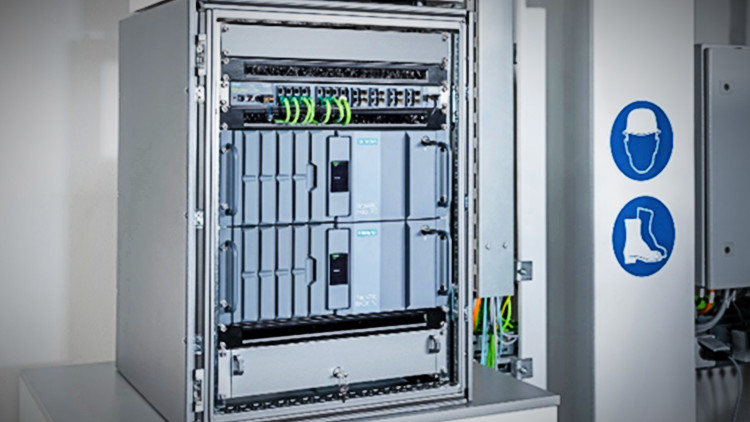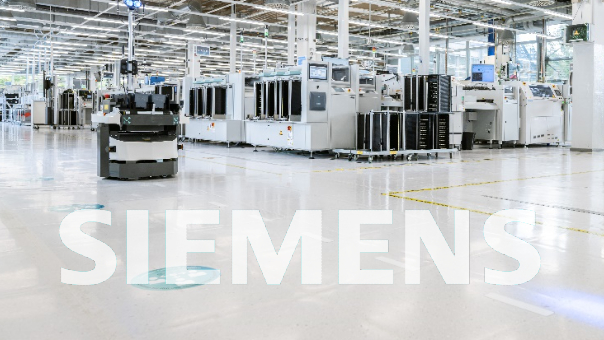Siemens has stuck out a press release to declare the open availability of its private 5G system for industrial-grade networking in Germany, the original home of Industrie 4.0. Is that news, really? The German industrial behemoth’s in-house 5G project has been one of the longer-running sagas in the whole cellular-injected Industry 4.0 game, even at this early stage in its development. RCR Wireless reported from Hannover Messe in May that the system is go, and ready to ship to initial trial customers to attach to the ‘vertical’ 3.7-3.8 GHz band in its home country.
The latest news angle, it seems, is that customers are happy with the trials, and Siemens feels emboldened, finally, to give its 5G gear a proper commercial launch. But it is still a parochial Industry 4.0 play, in Germany only; the firm confirmed in its latest press missive that “other countries will follow”. It also revealed the identity of an early trialist, in the form of process manufacturing company Salzgitter, based in Lower Saxony, one of the largest steel producers in Europe. It shows, at least, where Siemens is intending to pitch up with 5G: at the hard-nosed end of Industry 4.0.

Its “all-in-one” solution is designed for “harsh industrial environments,” it said. It has been in use at Siemens’ own plants for some time, as well as with “pilot customers like Salzgitter” since at least May. The company cited “mobile robots, autonomous logistics, and driverless transport systems” as key industrial use cases for private 5G; it also referenced connectivity for edge devices in brownfield venues, where new cable is “difficult”, plus “integrated use of connected tablets, virtual reality glasses, and smart tools” – all geared to extend and enhance industrial automation.
Siemens claims to have developed its 5G system “specifically for the requirements of industrial customers and industrial applications”. All parts of it – including the 5G core and radio access network (RAN); the latter comprising central (CU), distributed (DU), and radio (RU) units – have been developed from scratch. Siemens is entering an already-busy market – against the likes of Nokia, most notably, in the industrial space; but plenty of other legacy network vendors and new entrants are also engaged.
The Siemens system, as it stands, is based on Release 15 of the 5G standard. The firm is offering at least two industrial 5G routers (SCALANCE MUM853-1 and MUM856-1), alongside, variously available since 2021. Siemens said: “Private 5G offers many advantages for industry: companies build them locally at their locations and can precisely modify them to meet their needs and applications; they also have full control over their data, because private 5G networks use their own local 5G spectrum.”
It quoted Salzgitter in its press statement. Gerd Baresch, chief technology officer at the firm, said: “We don’t just want to build any 5G network, we want an industrial 5G [one] that meets the requirements of the steel industry. Wherever we need to wirelessly transmit data reliably and securely – from real-time camera images to safety-relevant emergency-stop signals for driverless transport systems – we need future-proof communication technology. Siemens has been a reliable partner for network solutions, and this is precisely why we decided to work with them.”
The point about Siemens’ existing supply of industrial wireless LAN (Wi-Fi) into enterprises is not lost on the company itself, of course – as quoted in RCR Wireless previously. Axel Lorenz, chief executive of process automation at Siemens, commented: “By building their own 5G networks, industrial companies are launching the next stage of connected production… Siemens’ private 5G infrastructure also gives users sole control over the data in their 5G network at all times, and they can custom-configure the network for their applications.”

